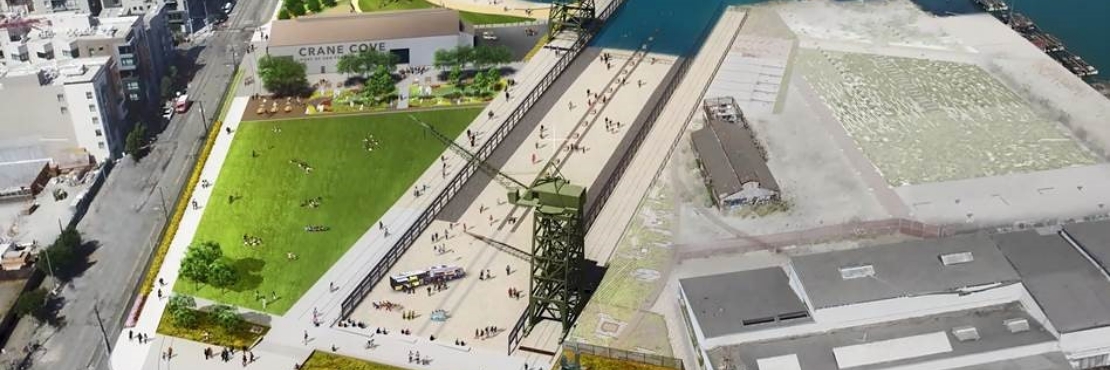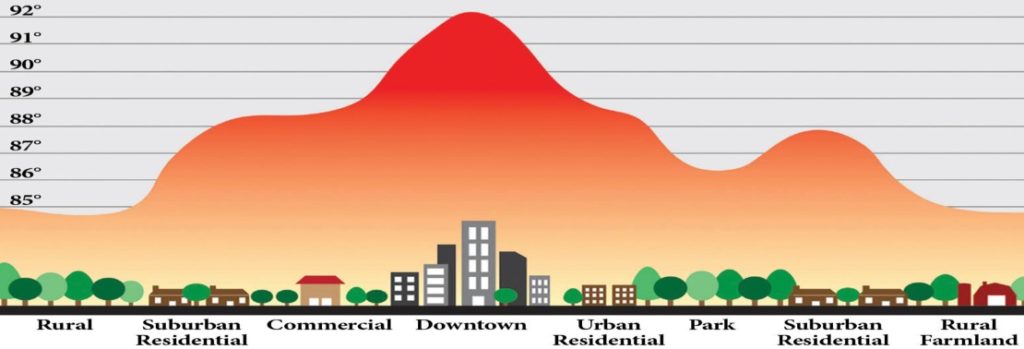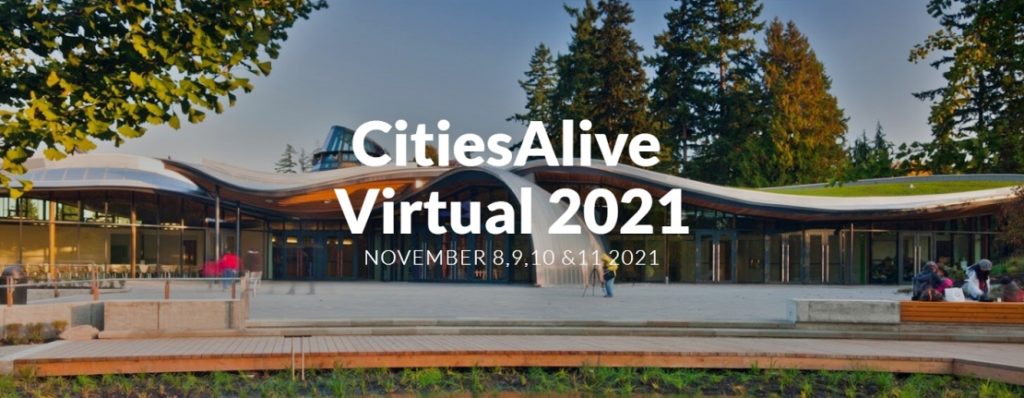Rami Issa of D Magazine Partners writes:
It is estimated the world will invest 94 trillion U.S. dollars in infrastructure globally in the next 20 years. With that level of investment, we should ask some important questions. What is the best approach we should use today to deliver these projects? How can we incorporate climate change, social equity, and sustainability into our project planning? What is the future of our engineering practice?
One thing 2020 has taught us—we can’t solve problems as we did before. Today’s infrastructure investment must include new thinking. Through innovation, every project, regardless of sector, needs the longevity to last several decades and incorporate forward-thinking innovations to solve future challenges today. We must start to apply “green box” thinking.
We must start to apply “green box” thinking.
When you blend both green and gray infrastructure together, the result is a cohesive solution that helps address community resiliency future challenges. In many instances, incorporating green infrastructure into future infrastructure investments may boost eco-tourism and generate new revenues for local communities.
Green infrastructure can take many forms, from protected natural areas to green roofs in cities. The goal is to employ nature to provide natural benefits such as clean air or reliable flows of clean water. By blending conservation and restoration techniques with innovative engineering, green-gray infrastructure provides solutions enabling communities to mitigate natural disasters and adapt to a changing climate. However, the challenge is strategically combining the two.
Integrated planning and design have the power to transform a community into the next level and incorporate restorative environments within urban density. A shift from reactive planning into a proactive planning approach will solve today’s challenges and account for future challenges. This is the future of practice, no doubt.
 Greenroofs.comConnecting the Planet + Living Architecture
Greenroofs.comConnecting the Planet + Living Architecture









